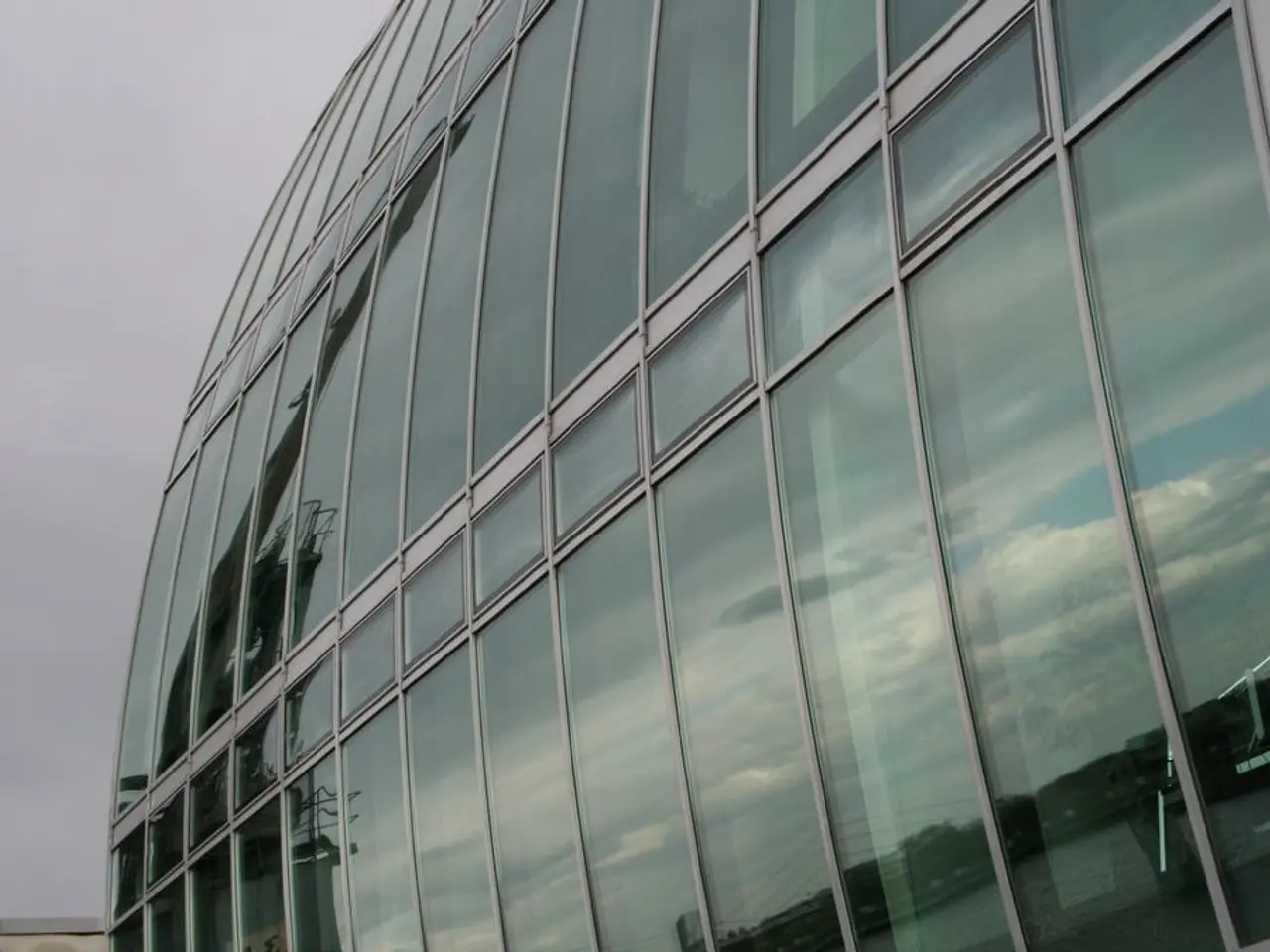Russia's economic growth has ground to a halt.
In an interview with news channel "24 Channel", Oleg Penzin, the Executive Director of the Economic Discussion Club, discussed the growing budget deficit that Russia is facing. The deficit, which currently stands at 4.2 trillion rubles, is higher than the planned 3.8 trillion rubles for the end of 2022.
The deficit is expected to reach around RUB 4.9 trillion (2.2% of GDP) by 2025, driven mainly by falling oil prices, new US tariffs, and a sharp rise in government spending related to the war effort. By mid-2025, the total deficit is reported to exceed annual targets by 25%, amounting to around $62 billion.
Potential solutions for Russia’s budget deficit in 2025 include debt relief schemes at regional levels. The Kremlin is using a federal debt write-off program to subsidize military recruitment and expenditures related to the war. This program allows regions to write off portions of their debt if the freed funds are spent on socially or militarily strategic purposes, indirectly supporting military bonuses and recruitment incentives without directly increasing the federal deficit.
Another solution under consideration is maintaining or increasing military and war spending. Despite the growing deficit, there are no indications the Kremlin will cut war spending—in fact, military recruitment bonuses and associated expenditures remain a priority.
External financial aid or cooperation could potentially provide a solution, although this is more applicable to comparative cases like Ukraine, which seeks European financial support for military salaries to ease recruitment shortages.
Regarding partial mobilization as a solution for Russia’s budget deficit, it is unlikely to be a viable option. While Russia has previously employed partial mobilization, the main purpose of mobilization is to increase military manpower rather than directly boost government revenues or reduce the budget deficit. Partial mobilization could indirectly affect budget matters by influencing military capacity and expenditures but is not described as a fiscal tool or a direct budget deficit solution in 2025. Instead, mobilization tends to increase government spending rather than offset it.
Oleg Penzin speculated about potential solutions for the Russian budget deficit, including possible mobilization. He also suggested that China may provide a loan to Russia to cover the budget deficit in 2025. However, the current state of the Russian economy, which is in stagnation, presents a challenging landscape for any economic recovery. By the results of 2025, the Russian economy is expected to have a growth of about 0.5%, which is considered a statistical error and essentially stagnation.
The National Wealth Fund of Russia has approximately 2.7 trillion rubles left, providing a limited resource for deficit mitigation. Oleg Penzin emphasized that the current state of the Russian economy is an extremely difficult situation for any economy. In the first and second quarters of 2025, the Russian economy showed slight growth, but zero growth was recorded in the third quarter.
As the Russian government continues to grapple with the growing budget deficit, solutions like debt write-offs, re-prioritizing government spending, and potential external financial aid are being considered. However, partial mobilization is not expected to be a solution to the budget deficit, as it primarily serves military objectives rather than fiscal deficit reduction.
- Oleg Penzin, in his interview, suggested that China might provide a loan to Russia to offset its budget deficit in 2025, as the national wealth fund is limited for deficit mitigation.
- In the discussion of potential solutions for Russia's budget deficit, it was highlighted that partial mobilization might indirectly affect budget matters by influencing military capacity and expenditures but is not a viable option for direct deficit reduction.




